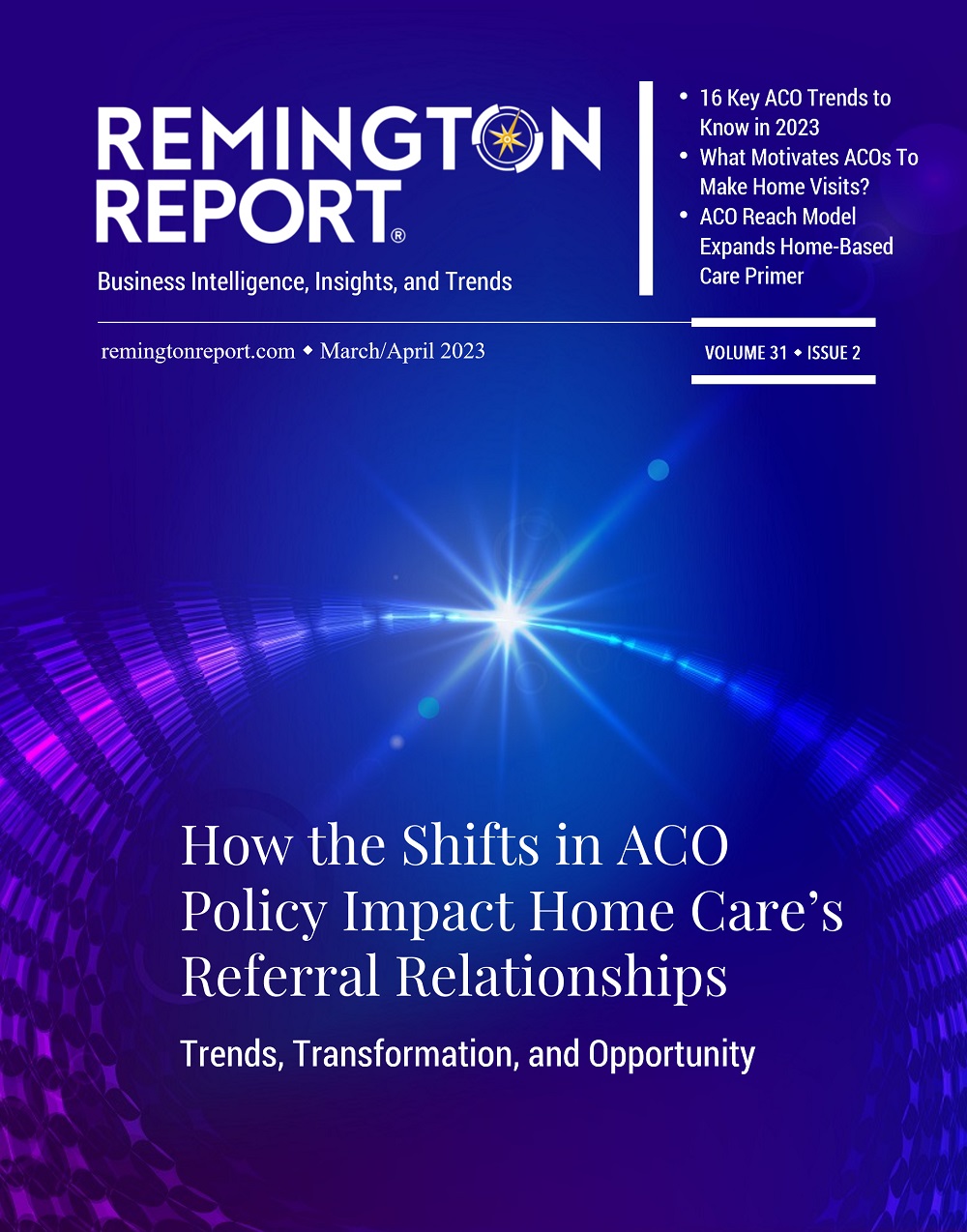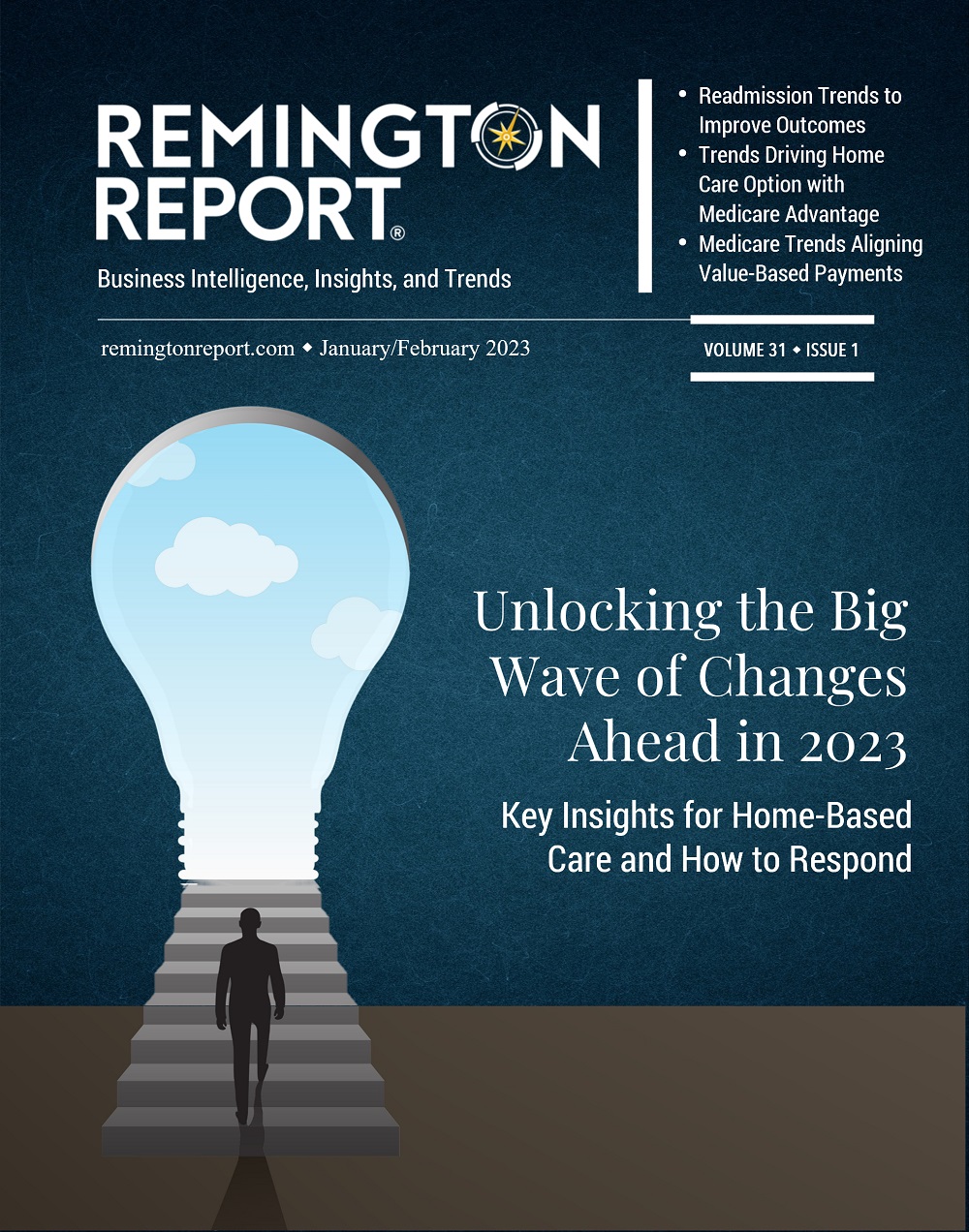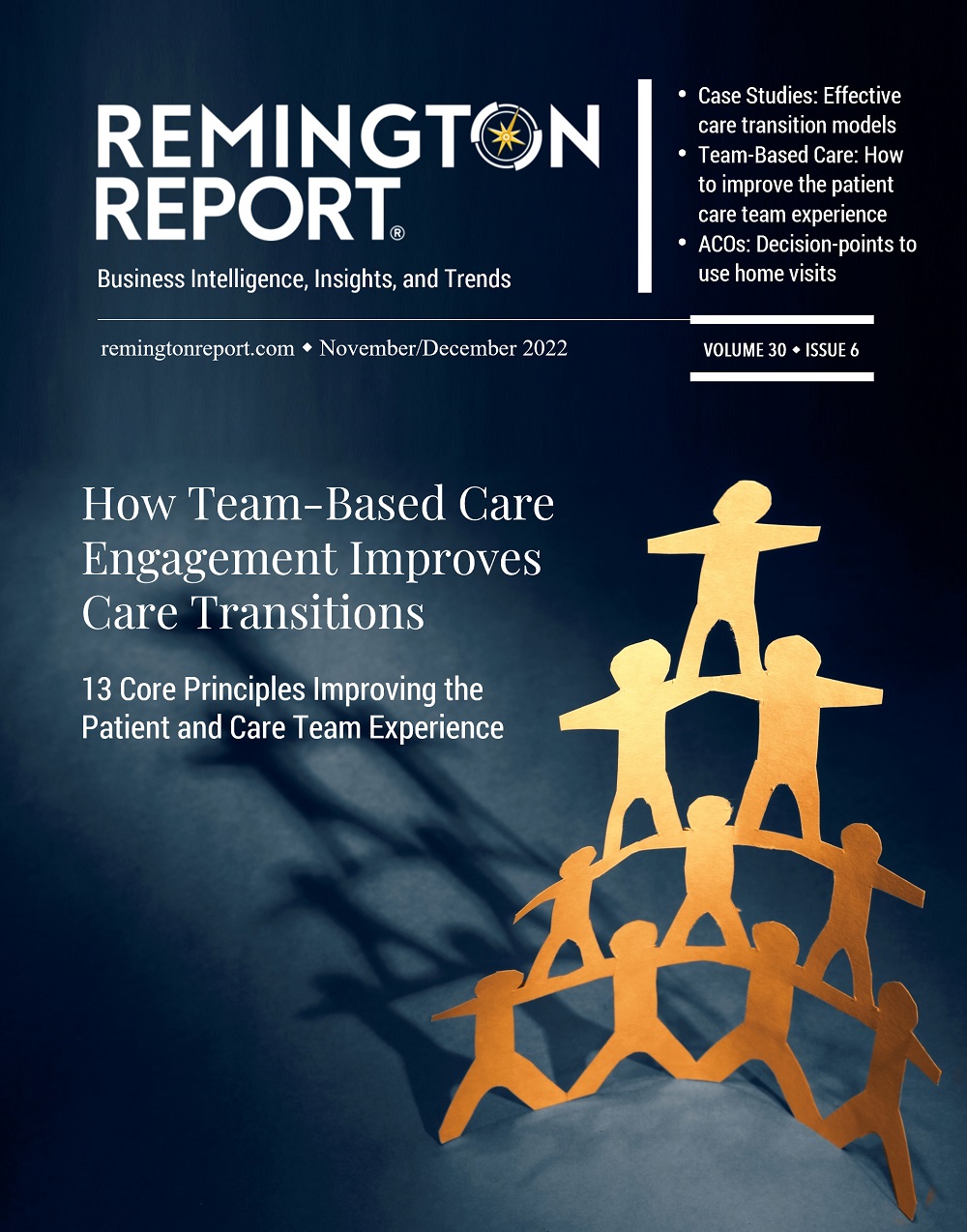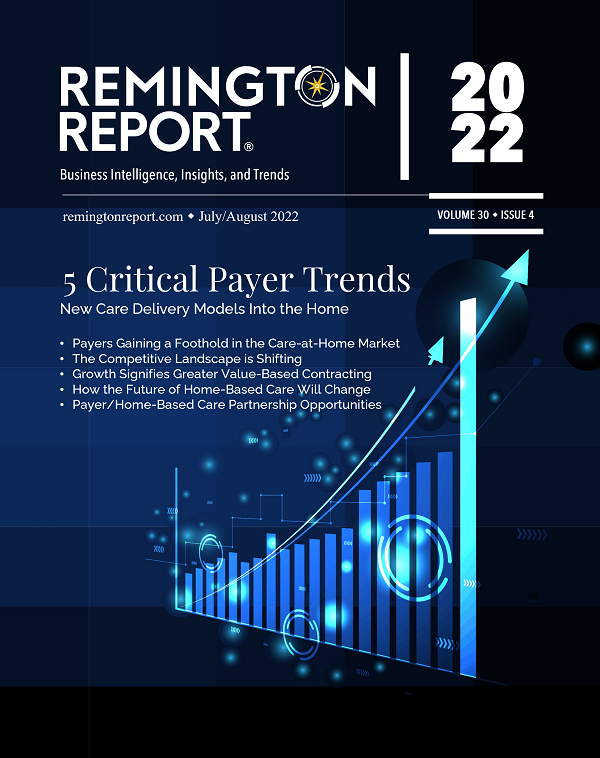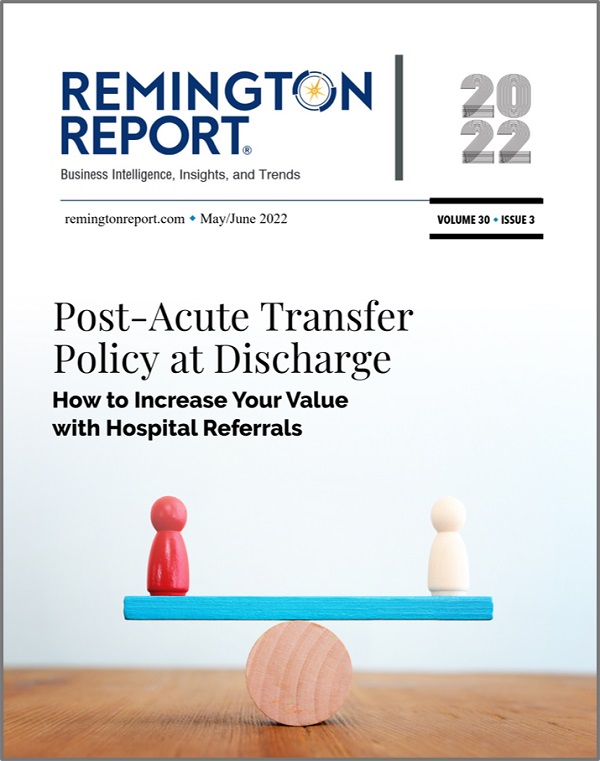The nation’s 3.3 million home healthcare workers are front-line heroes in the war against COVID-19. The impact of COVID-19 and the healthcare workforce has been devastating in all sectors of the healthcare industry. Home health agencies are facing severe declines in revenue and workforce. Physicians have closed approximately 243,000 offices average and have suffered a 60% drop in patient volume. More aides and personal care workers are needed but lack Personal Protective Equipment. Stretched by challenges, new regulations and waivers are giving some hope to the home care industry.
3.5 million low-wage workers are in the health and social services industry, with the greatest number of those (1.3 million) working as aides or personal care workers (e.g., nursing assistants or personal care aides) whose jobs will bring them into frequent, close contact with patients (Table 1).
Nearly a million more work as direct contact support workers—jobs such as maids/janitors, housekeeping and laundry, or food service workers—whose jobs also will bring them into direct contact with others. Within these two occupation groups, a third or more of workers are low-wage. Many of these workers are “essential workers” who likely are still employed but facing substantial health risks due to the nature of their jobs.
Table 1: Workers in Health and Social Services Industry, by Occupation and Wage Group, 2018
| Occupation | Total Workers | Low-Wage Workers | |
| Number | Share of Total Workers Who are Low-Wage Within Occupation |
||
| All Occupations | 19,479,000 | 3,455,000 | 18% |
| Aides and Personal Care Workers | 4,164,000 | 1,322,000 | 32% |
| Direct Contact Support Workers2,396,000 | 2,396,000 | 922,000 | 39% |
| Other Support Workers & Managers | 5,383,000 | 658,000 | 12% |
| Health Care Providers | 6,530,000 | 439,000 | 7% |
| Social Workers and Behavioral Health Providers | 1,006,000 | 114,000 | 11% |
NOTE: Workers include non-elderly adults earning at least $1,000 in the past year and working at least 20 hours per week in a usual week working. Low-Wage Workers defined as those in the bottom earnings quintile among all workers. SOURCE: KFF analysis of 2018 American Community Survey, 1-Year Estimates.
The home health care workers lack personal protective equipment. According to a March survey of 1,200 in-home workers by the Home Care Association of America, 77% don’t have enough masks and 57% don’t have enough gloves. Many are underpaid and lack health insurance and paid sick leave. The pandemic is putting additional pressure on a workforce already in crisis suffering from shortages, especially in hard-hit states such as New York, New Jersey, Louisiana and Washington. In response, the largest home health-care union, industry providers and advocacy groups are urging Washington to respond to this crisis.
Aides and personal care workers, who provide medical and/or personal care and come into direct and frequent contact with patients, account for 53% (2.4 million) of all long-term care workers.
According to the Bureau of Labor Statistics (BLS), employment of home health aides and personal-care aides is projected to grow 36% from 2018 to 2028, adding a total of 4,438,700 new jobs over the decade, per the agency.

Lisa Remington is widely recognized as one of the foremost futurists in the home care industry, focusing on healthcare trends and disruptive innovation. She serves as the president and publisher of the Remington Report magazine and is also the President of Remington’s Think Tank Strategy Institute. Lisa provides strategic advice and education to over 10,000 organizations, assisting them in developing transformative strategies for growth and their future implications. She closely monitors complex trends and forces of change to develop effective strategic approaches.



